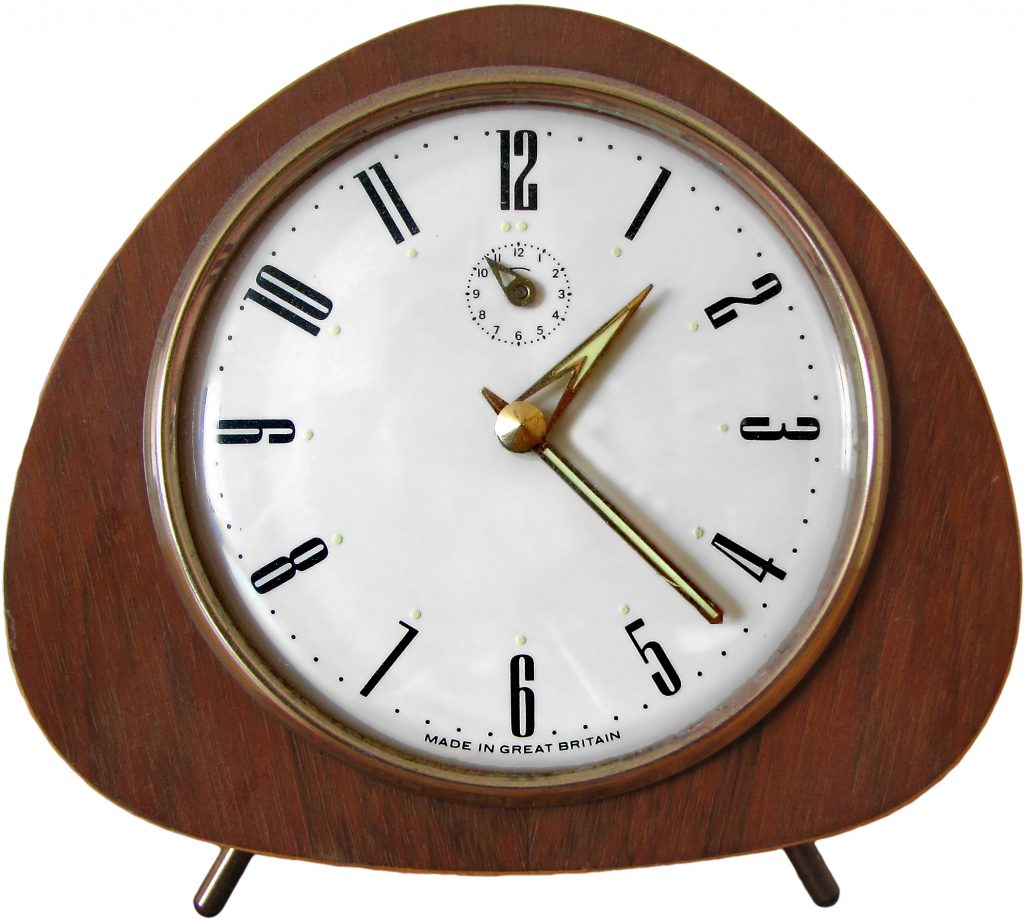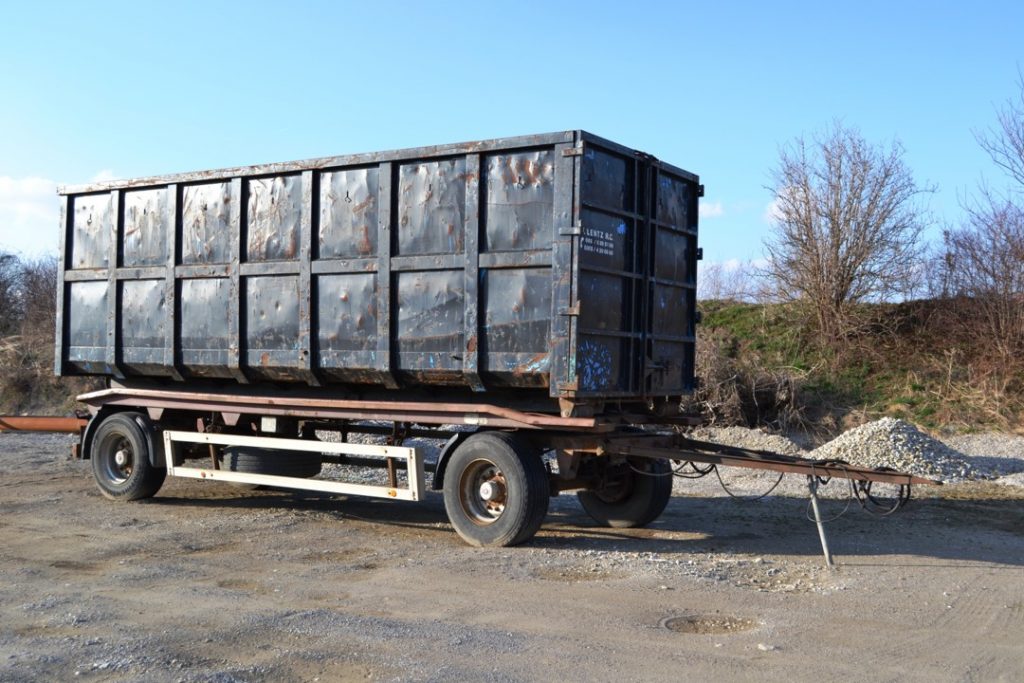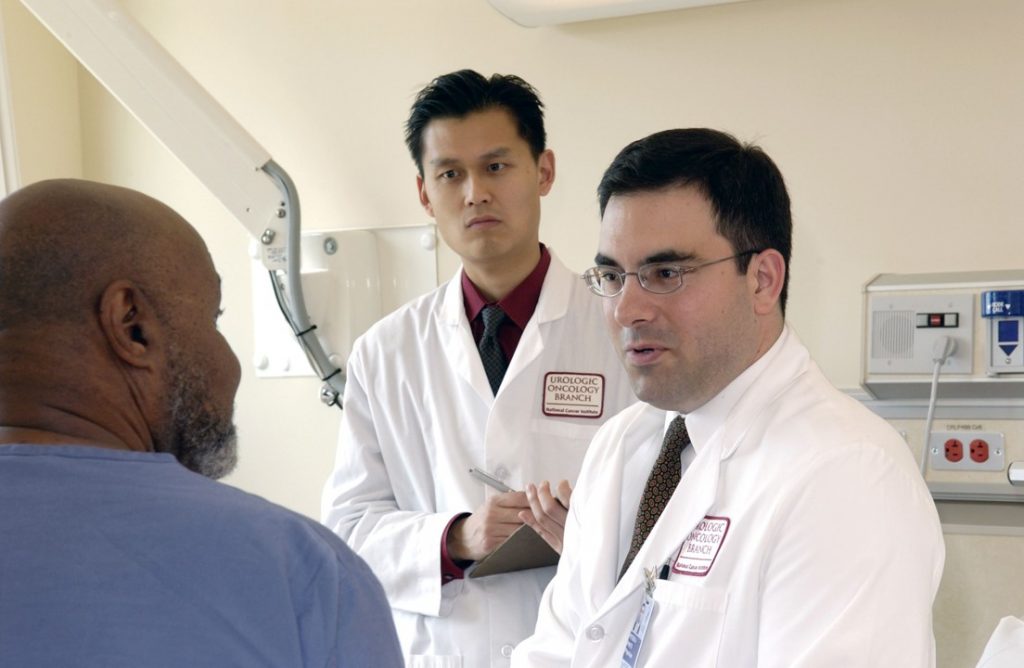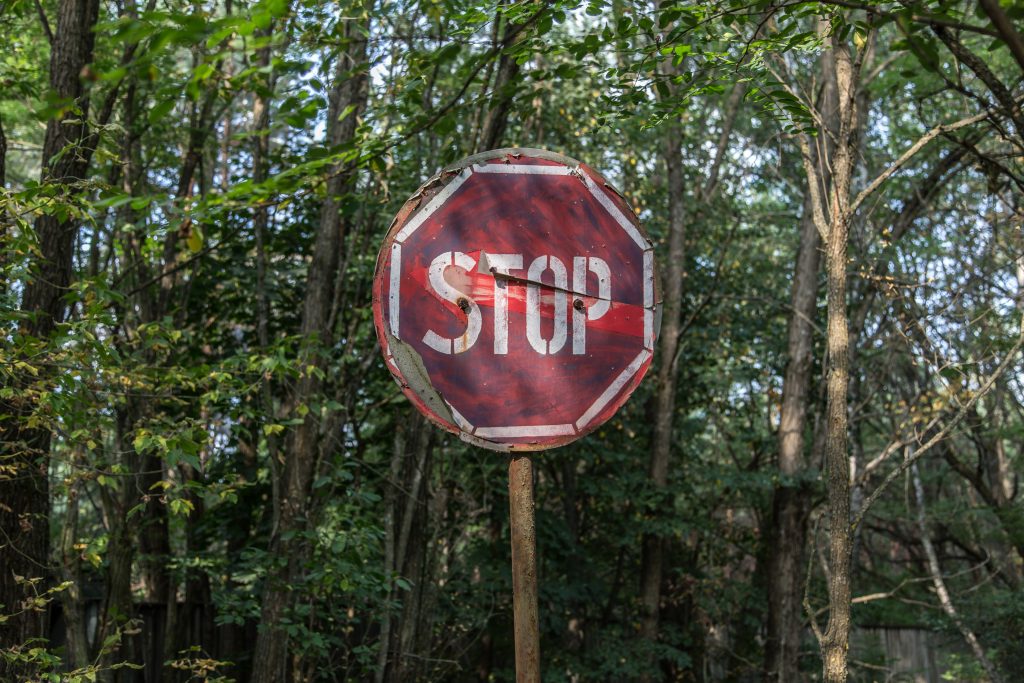 If you are injured and think another party might be at fault, it is important to contact an attorney as soon as possible. If you wait too long, your claim, and any chance of recovering damages could expire, leaving you with little recourse against the responsible party. In the law, this is referred to as prescription, and different claims have different time periods before they prescribe, i.e., expire. In Louisiana, the doctrine of prescription protects defendants from having to defend against stale claims by requiring plaintiffs to file suit in a court of competent jurisdiction and venue within a specified time period and to pursue that suit in a timely manner. There are additional rules determining what actions serve to interrupt the running of prescription, but generally, prescription begins to run from the day damage is sustained, La. C.C. art. 3492, and prescription can be interrupted by commencing an action against the other party in a court that has jurisdiction and where venue is proper. La. C.C. art. 3462. However, as with most everything in the law, there are some nuisances and exceptions to these rules.
If you are injured and think another party might be at fault, it is important to contact an attorney as soon as possible. If you wait too long, your claim, and any chance of recovering damages could expire, leaving you with little recourse against the responsible party. In the law, this is referred to as prescription, and different claims have different time periods before they prescribe, i.e., expire. In Louisiana, the doctrine of prescription protects defendants from having to defend against stale claims by requiring plaintiffs to file suit in a court of competent jurisdiction and venue within a specified time period and to pursue that suit in a timely manner. There are additional rules determining what actions serve to interrupt the running of prescription, but generally, prescription begins to run from the day damage is sustained, La. C.C. art. 3492, and prescription can be interrupted by commencing an action against the other party in a court that has jurisdiction and where venue is proper. La. C.C. art. 3462. However, as with most everything in the law, there are some nuisances and exceptions to these rules.
The importance of proper and timely filing of a lawsuit is illustrated in Lee v. RTA, where a streetcar passenger was injured when the streetcar had to aggressively brake to avoid a car turning in front of it on Canal St. Although the plaintiff filed his claim before the prescriptive period ended, he filed the claim in First City Court, which lacks jurisdiction over the RTA as a political subdivision. Instead, the claim should have instead been filed in the Orleans Parish Civil District Court. The law states that when a claim is filed in an improper court, prescription is interrupted only by actual service of process within the prescriptive period. La. C.C. art. 3462. Service of process is procedure by which a party is informed of the lawsuit against them. In this case, the plaintiff’s claims had a prescriptive period of one year. By failing to properly serve the defendant within one year, and since his claim was not brought in a proper court, the plaintiff’s claims were dismissed with prejudice after being transferred to the proper court. This means that the plaintiff will have no opportunity to fix his mistakes and attempt to bring the claim again. The trial court’s dismissal was upheld on appeal. If he had originally filled his claim in the correct court, or made timely service on the defendant, his claims would have been able to proceed. This highlights the importance of not only prompt action in choosing an attorney when you have been injured, but also choosing an experienced and reputable firm.
Additional Sources: Lee v. Regional Transit Authority of New Orleans
 Louisiana Personal Injury Lawyer Blog
Louisiana Personal Injury Lawyer Blog


 In deciding whether to dismiss a specific case, the Appellate Court should consider many factors. Among them are subject matter jurisdiction and statutory of limitation. The claims might be dismissed if they are filed to a wrong court which does not have the legal power to adjudicate on this case, or if they are filed too late (peremption) because laws encourage people to file a lawsuit timely.
In deciding whether to dismiss a specific case, the Appellate Court should consider many factors. Among them are subject matter jurisdiction and statutory of limitation. The claims might be dismissed if they are filed to a wrong court which does not have the legal power to adjudicate on this case, or if they are filed too late (peremption) because laws encourage people to file a lawsuit timely.  Insurance policies are often complex and difficult to understand. However, especially when an insurance policy is at issue in a lawsuit, it is essential that you fully read and understand what the insurance policy covers in order to maximize your chance of recovery success, as well as understand the principles that courts use in interpreting policy provisions.
Insurance policies are often complex and difficult to understand. However, especially when an insurance policy is at issue in a lawsuit, it is essential that you fully read and understand what the insurance policy covers in order to maximize your chance of recovery success, as well as understand the principles that courts use in interpreting policy provisions. Often workers’ compensation claims focus on the nature of the injury that one argues makes them eligible to receive workers’ compensation benefits. However, in situations where there is more ambiguity surrounding one’s employment status, there can be an additional difficulty in determining if one’s employment classification makes one eligible to receive workers’ compensation benefits.
Often workers’ compensation claims focus on the nature of the injury that one argues makes them eligible to receive workers’ compensation benefits. However, in situations where there is more ambiguity surrounding one’s employment status, there can be an additional difficulty in determining if one’s employment classification makes one eligible to receive workers’ compensation benefits. Timing is everything, especially when it comes to lawsuits. If you delay too long in filing a medical malpractice lawsuit, then you – like Mr. Verbois – may be unable to recover for the alleged negligent acts.
Timing is everything, especially when it comes to lawsuits. If you delay too long in filing a medical malpractice lawsuit, then you – like Mr. Verbois – may be unable to recover for the alleged negligent acts. In the legal world, establishing fault and determining liability is not always easy. In some situations, it may seem clear who is responsible for recovery, but in other cases the situation can become much more difficult than it initially seemed. This issue was explored after an automobile accident in Acadia Parish.
In the legal world, establishing fault and determining liability is not always easy. In some situations, it may seem clear who is responsible for recovery, but in other cases the situation can become much more difficult than it initially seemed. This issue was explored after an automobile accident in Acadia Parish. When car accidents happen, it seems natural that those who are injured are compensated by those who are at fault. Depending on the legal jurisdiction, the rules may differ surrounding how fault is assigned and how much recovery is permitted. These rules can be strict, such as no recovery if the injured person was even slightly at fault, or the party most at fault is liable for all damages. The rules can also be proportional, such as allocating recovery based on the percentage of fault each party contributed. This issue was explored in an appeal from an Orleans Parish lawsuit after a 2011 automobile accident.
When car accidents happen, it seems natural that those who are injured are compensated by those who are at fault. Depending on the legal jurisdiction, the rules may differ surrounding how fault is assigned and how much recovery is permitted. These rules can be strict, such as no recovery if the injured person was even slightly at fault, or the party most at fault is liable for all damages. The rules can also be proportional, such as allocating recovery based on the percentage of fault each party contributed. This issue was explored in an appeal from an Orleans Parish lawsuit after a 2011 automobile accident. In the workplace, providing a safe environment through training, communication, and safety standards can help create an injury-free workplace. Yet, despite every precaution, accidents can still happen and then the situation becomes one of determining whose negligence caused the injury. This issue was explored in a maritime action filed on May 9, 2012 in the Twenty-Ninth Judicial District Court for the Parish of St. Charles.
In the workplace, providing a safe environment through training, communication, and safety standards can help create an injury-free workplace. Yet, despite every precaution, accidents can still happen and then the situation becomes one of determining whose negligence caused the injury. This issue was explored in a maritime action filed on May 9, 2012 in the Twenty-Ninth Judicial District Court for the Parish of St. Charles.  Sometimes it is easily apparent when one party is liable in a car accident, such as when the facts leave little room for dispute. However, it may not be as easy to determine the amount of damages the plaintiff should receive. How should pain and suffering be calculated? And how much of this pain and suffering is a result not of the accident but of natural course of aging or a preexisting condition? This issue of calculating damages was recently explored in a DeSoto Parish, Louisiana, lawsuit.
Sometimes it is easily apparent when one party is liable in a car accident, such as when the facts leave little room for dispute. However, it may not be as easy to determine the amount of damages the plaintiff should receive. How should pain and suffering be calculated? And how much of this pain and suffering is a result not of the accident but of natural course of aging or a preexisting condition? This issue of calculating damages was recently explored in a DeSoto Parish, Louisiana, lawsuit. In the typical employee-employer relationship there is a certain aspect of trust. For the employer, they must trust that the employee is doing their job properly, and the employee must trust the employer will ensure a safe environment to perform their job. This case deals with a situation involving the trust of a safe workplace, and answers the question if an injury can be considered “on the job” if symptoms do not materialize for days following the accident.
In the typical employee-employer relationship there is a certain aspect of trust. For the employer, they must trust that the employee is doing their job properly, and the employee must trust the employer will ensure a safe environment to perform their job. This case deals with a situation involving the trust of a safe workplace, and answers the question if an injury can be considered “on the job” if symptoms do not materialize for days following the accident.